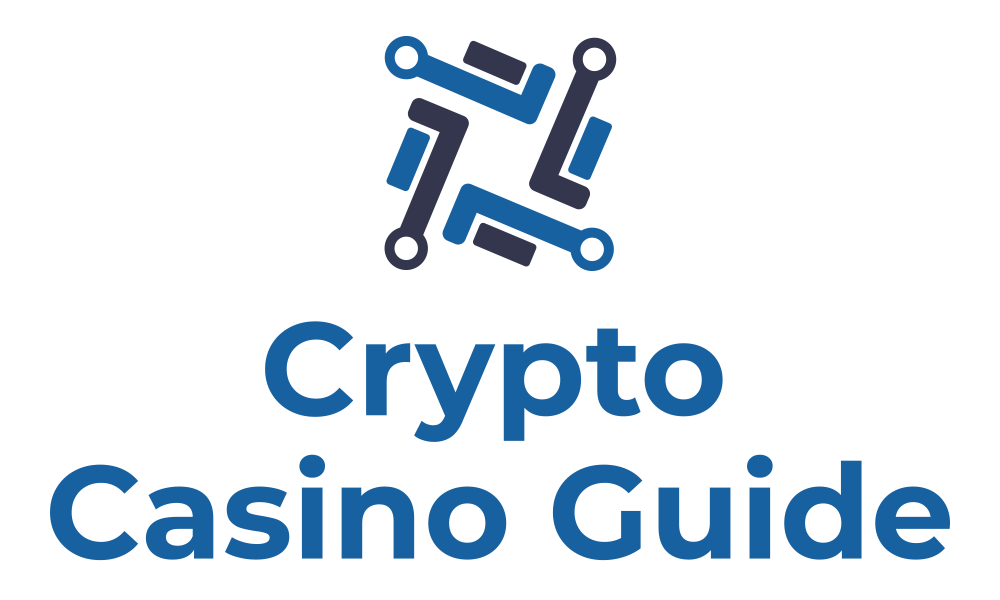Buying Cryptocurrencies
Recommendations and best practices for exchanging fiat currencies into cryptocurrencies and vice versa
If you are new to the sphere of cryptocurrency and blockchain you might be inclined to ask where to even begin accessing this space. Naturally unless you happen to run a cryptocurrency mining operation the most convenient option of acquiring crypto is to buy it on a cryptocurrency exchange.
In general these serve the same transactional purposes as stock, commodity or foreign currency exchanges do for their respective asset classes. It brings together both potential buyers and sellers who agree on a price according to the economics principles of the free market and may perform an exchange of goods. But as always, there are some caveats you should keep in mind, especially when you are new to crypto.
Please be aware that irrespective of which exchange or method you choose to acquire cryptocurrency, in the long term it is advisable to also set up a wallet. Even though appealing to beginners due to their convenience, exchange accounts are not optimized to handle and store your cryptocurrencies over longer periods of time.
Things to consider when buying cryptocurrencies on an exchange
- Regulation: Cryptocurrencies are a largely decentralized monetary system which does not conform to the regulatory infrastructure aroud central banks in fiat currency. To prevent monetary and fiscal abuse many countries therefore require the cryptocurrency exchanges to perform advanced customer identification (know your customer, “KYC”). This is especially true if you want to exchange crypto and non-crypto currencies. Exchanges providing this kind of service are known as “fiat gateways” and particularly strictly regulated. However if you care for your customer data, the right approach is not shying away from regulation and looking for shady exchanges but rather to embrace it and look for the most reputable providers instead. Typically the largest exchanges tend to be among the trustworthy ones.
- Georestrictions: Likewise not every exchange might be available in your jurisdiction as national regulation may prevent their local operation for some reason. Unfortunately there are not many options to avoid this issue other than looking for another suitable exchange.
- Exchanges are not wallets: As long as your assets are on an exchange account you are not truly in possession of them. Even though exchanges have made advances in cybersecurity, be aware that using exchange accounts as wallets implicitly transfers responsibility for and control of your funds to them. If you are new to crypto there are benefits in mitigating a lot of the beginner’s risk in handling crypto to that approach, but trusting one exchange with your entire life savings would be a risky strategy.
- Trading mechanisms: If you have never used any exchange (crypto or not) before, you might want to familiarize yourself with the concept of an order book. This is essential to understanding the mechanism of price discovery on many the largest exchanges. This is most significant for very large order volumes and helps you overpaying for scarcely traded cryptocurrencies.
- Hidden fees: Be wary of exchanges without explicit fee declarations. Exchanges are no charities and trades will always incur fees. Some disingenious operators however will try to hide their real fees in “all inclusive” prices and shave off several percent of the order volume as profit. Reputable exchanges are transparent with their order commissions and will charge a set percentage of the true order book price. A good benchmark for reasonable trading fees is about 0.2%.
- Fiat payment options: Another good and sure way to loose money is buying crypto by credit card (c.f. “hidden fees”). The added convenienvce does not justify additional payment charges of several percent on cryptocurrencies. If available and free of charge in your jurisdiction always try to pay by bank transfer.
Our Recommendation with regards to Crypto Exchanges
Save 10% on trading fees with our exclusive sign-up link!
Your content goes here. Edit or remove this text inline or in the module Content settings. You can also style every aspect of this content in the module Design settings and even apply custom CSS to this text in the module Advanced settings.

